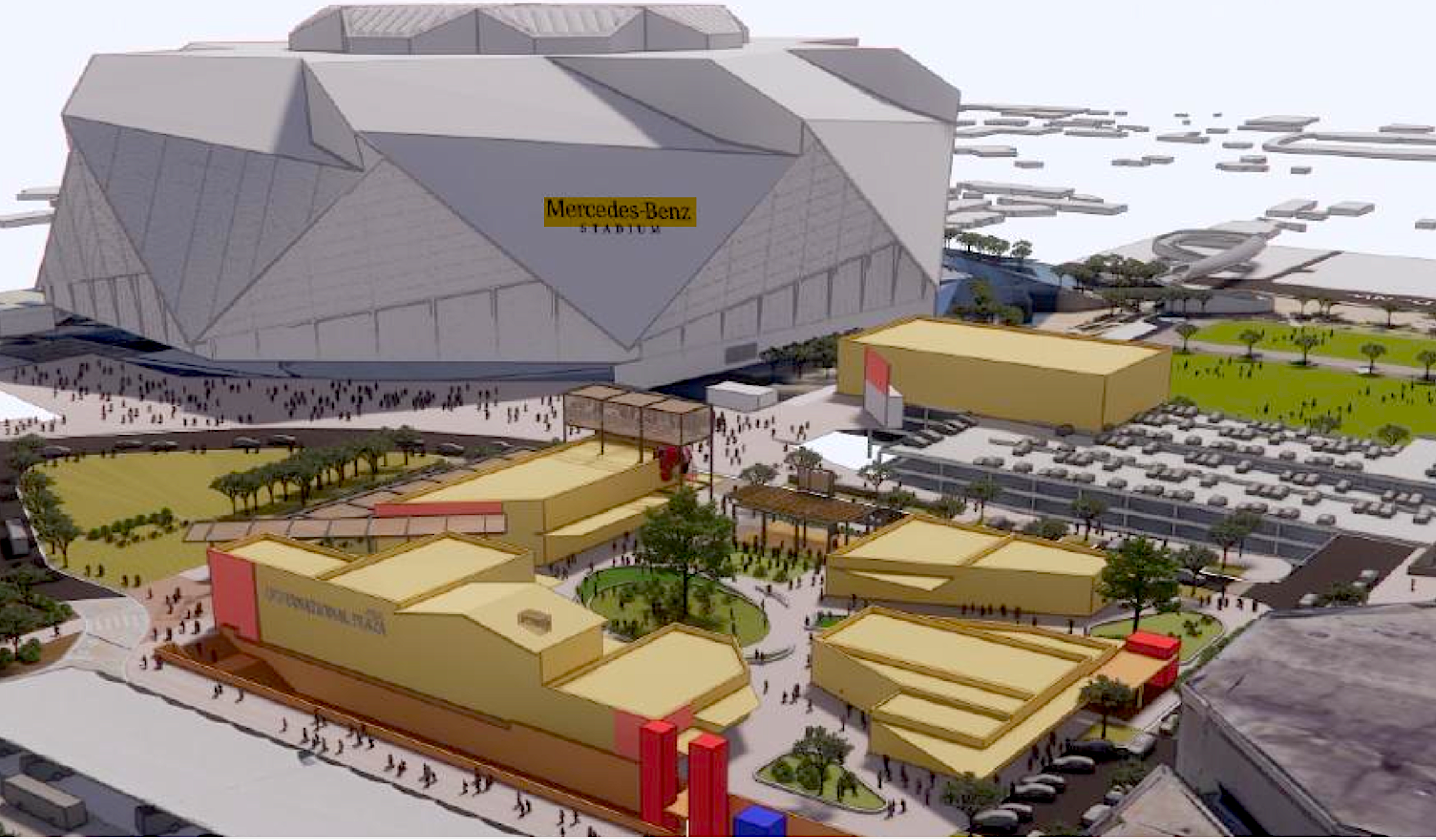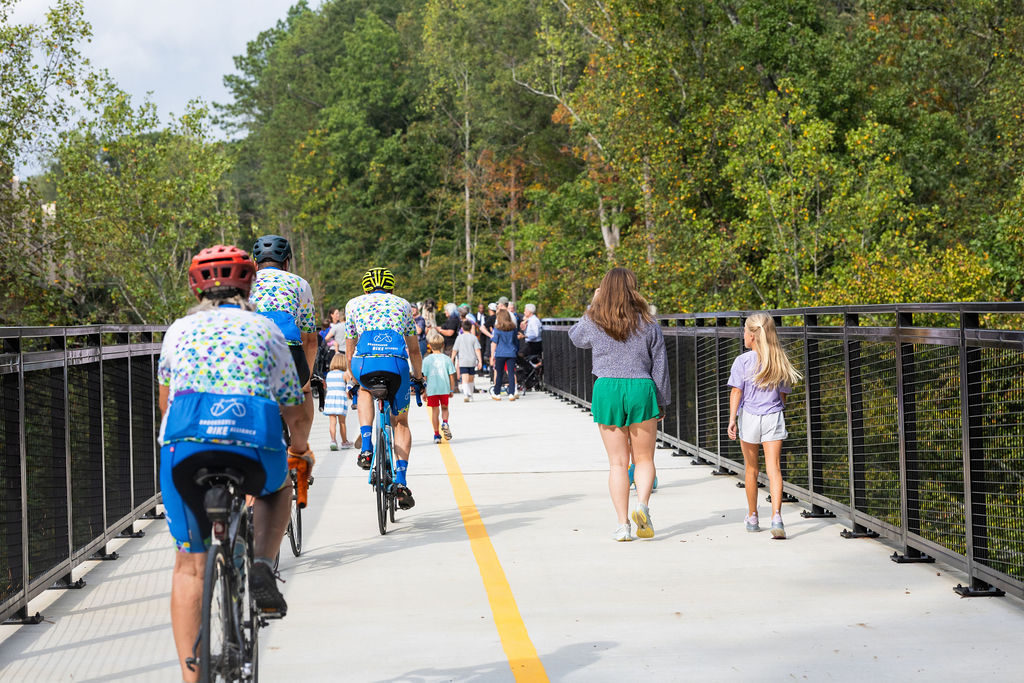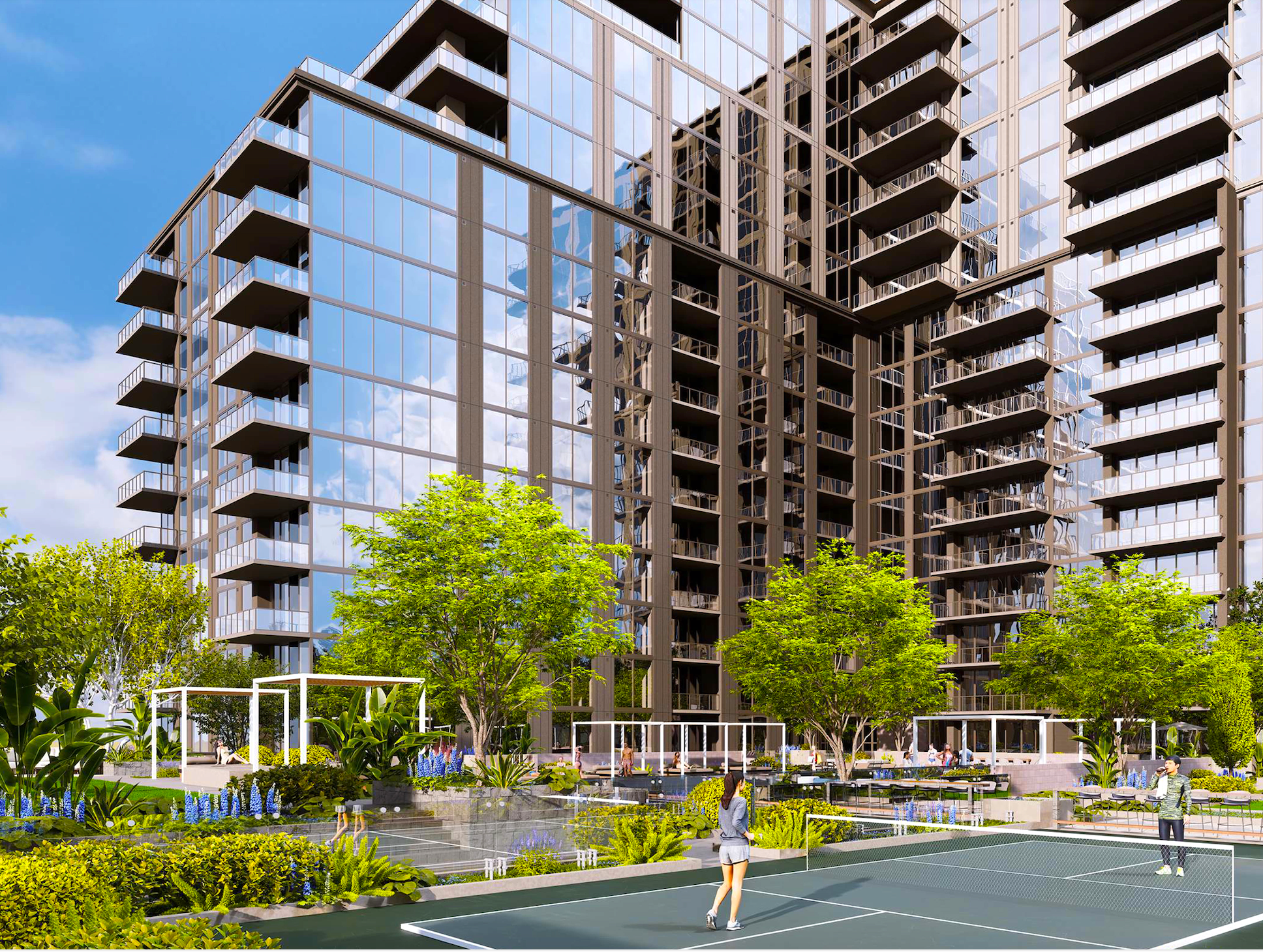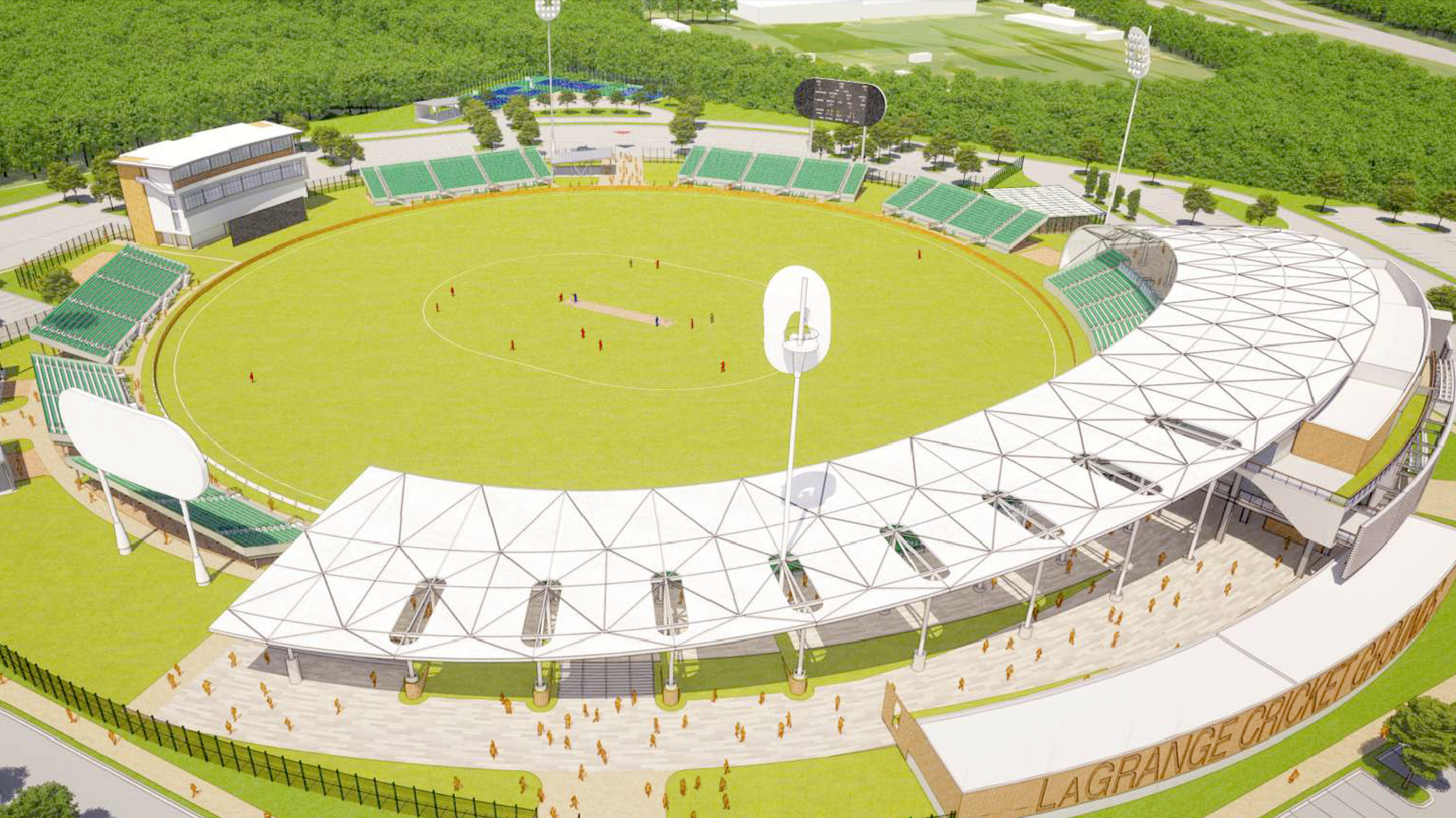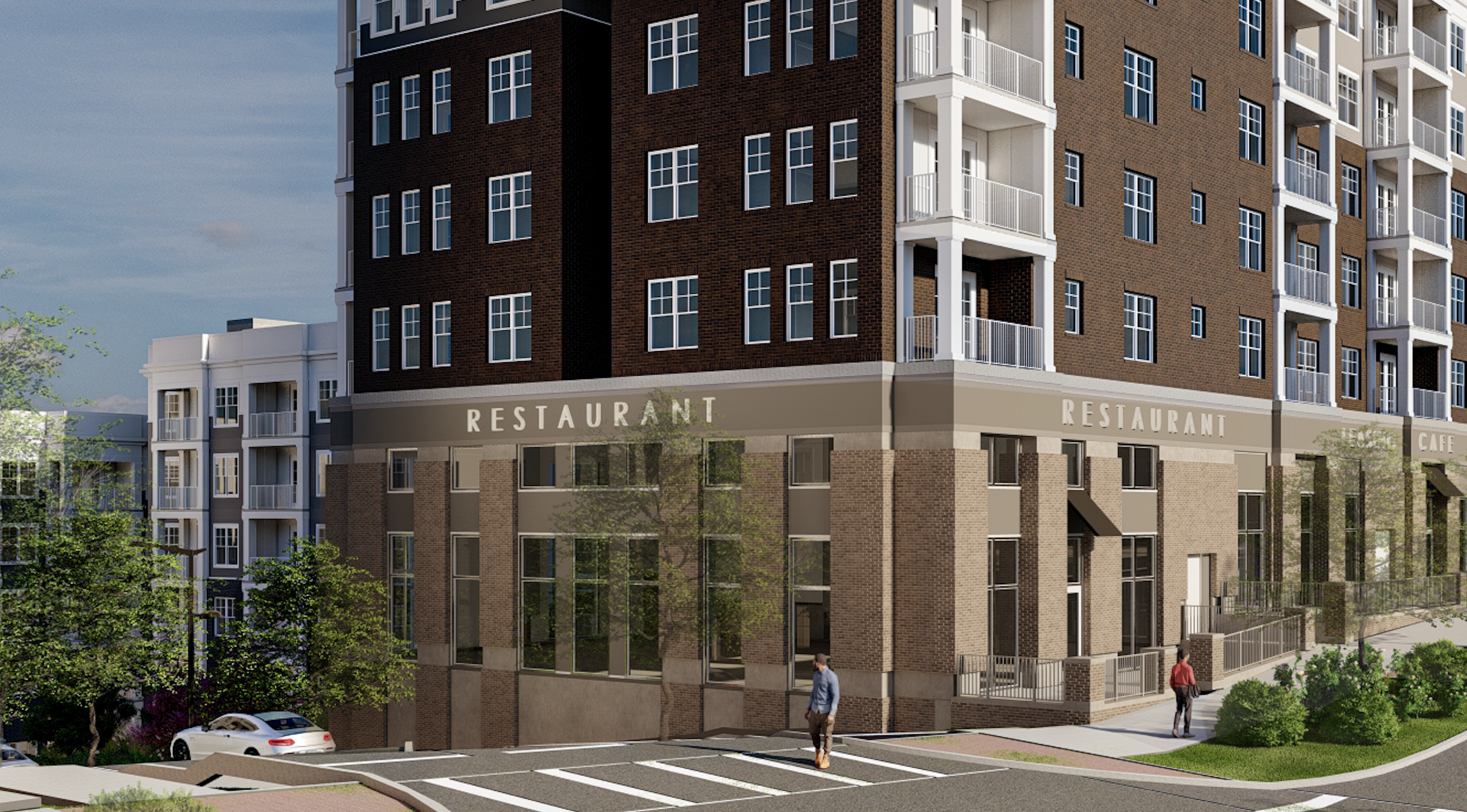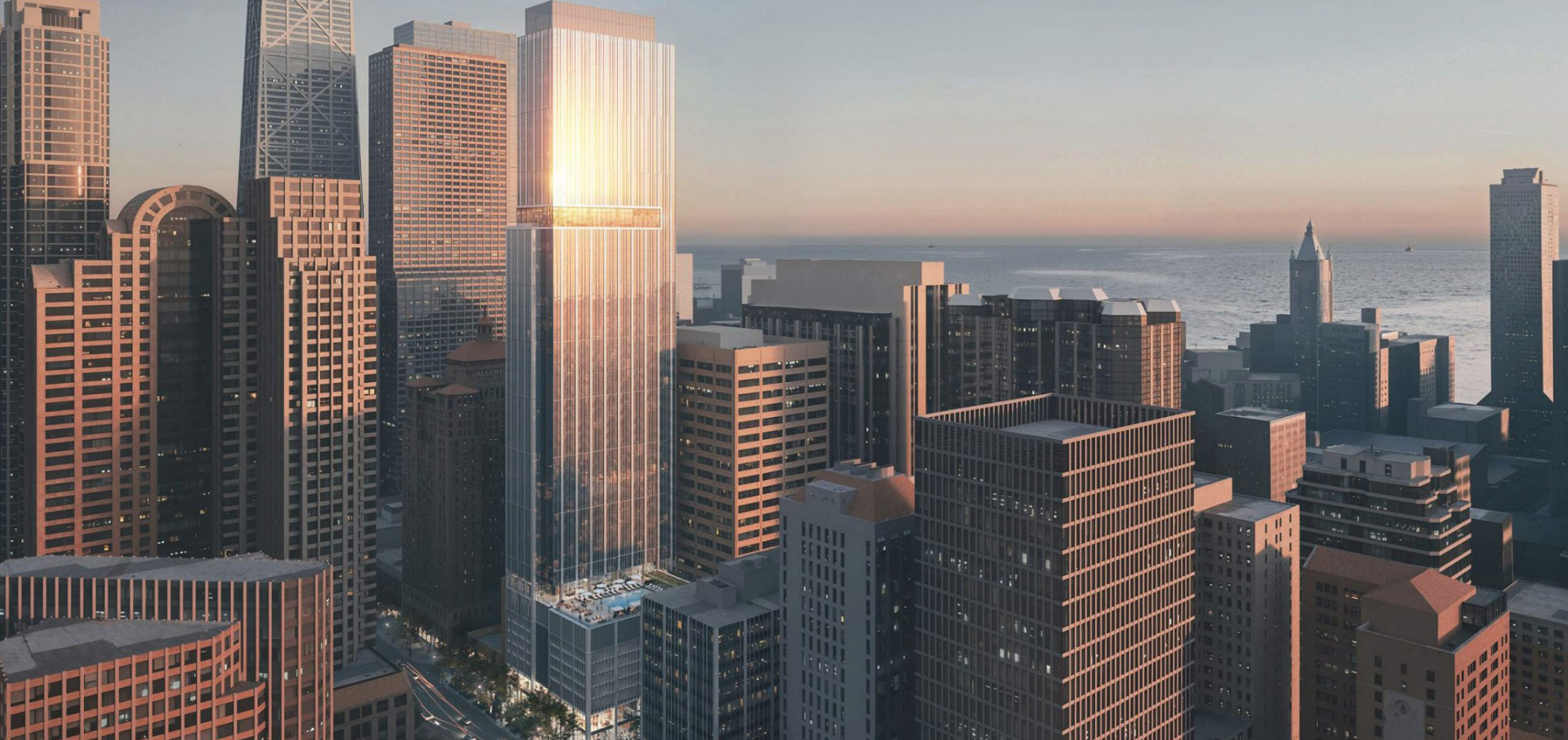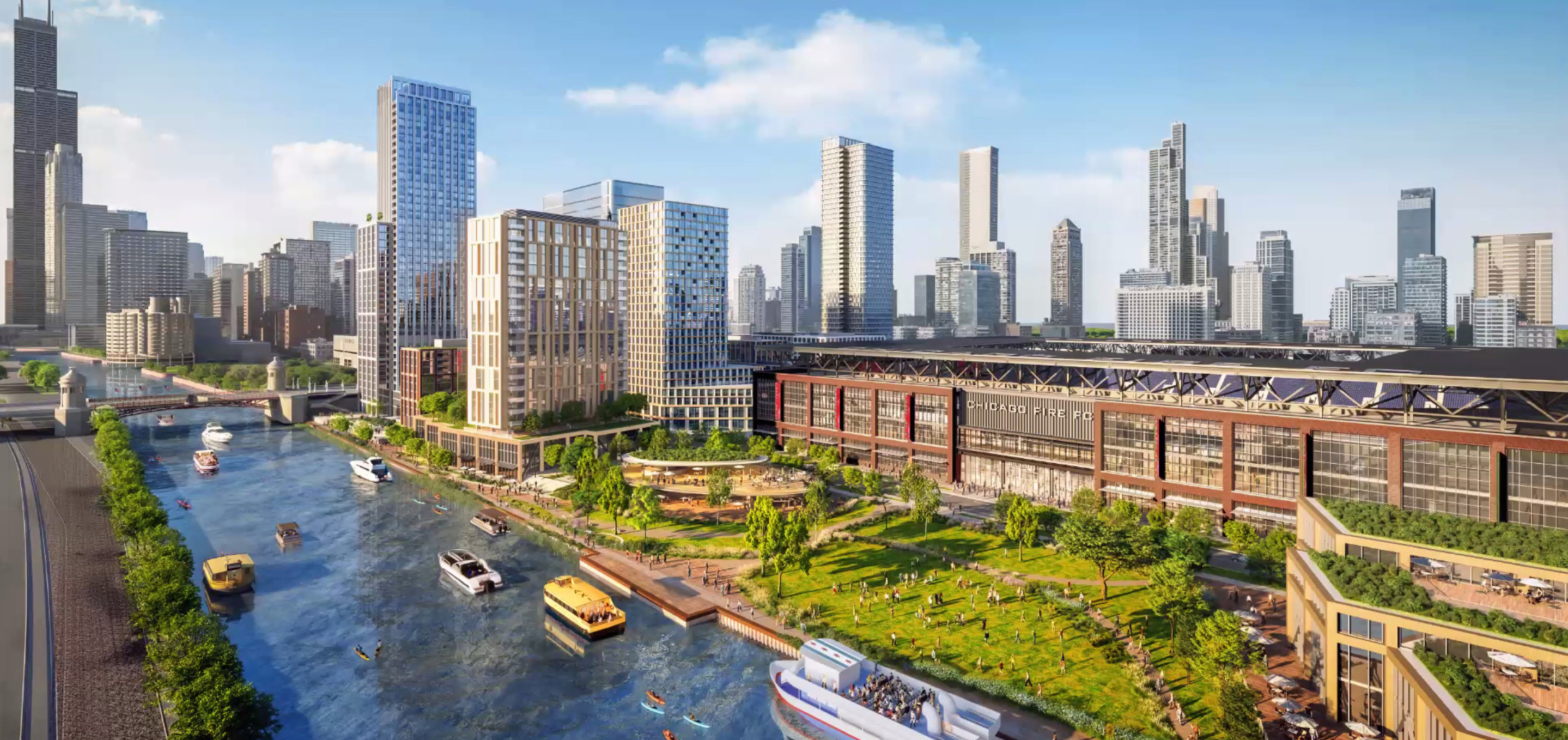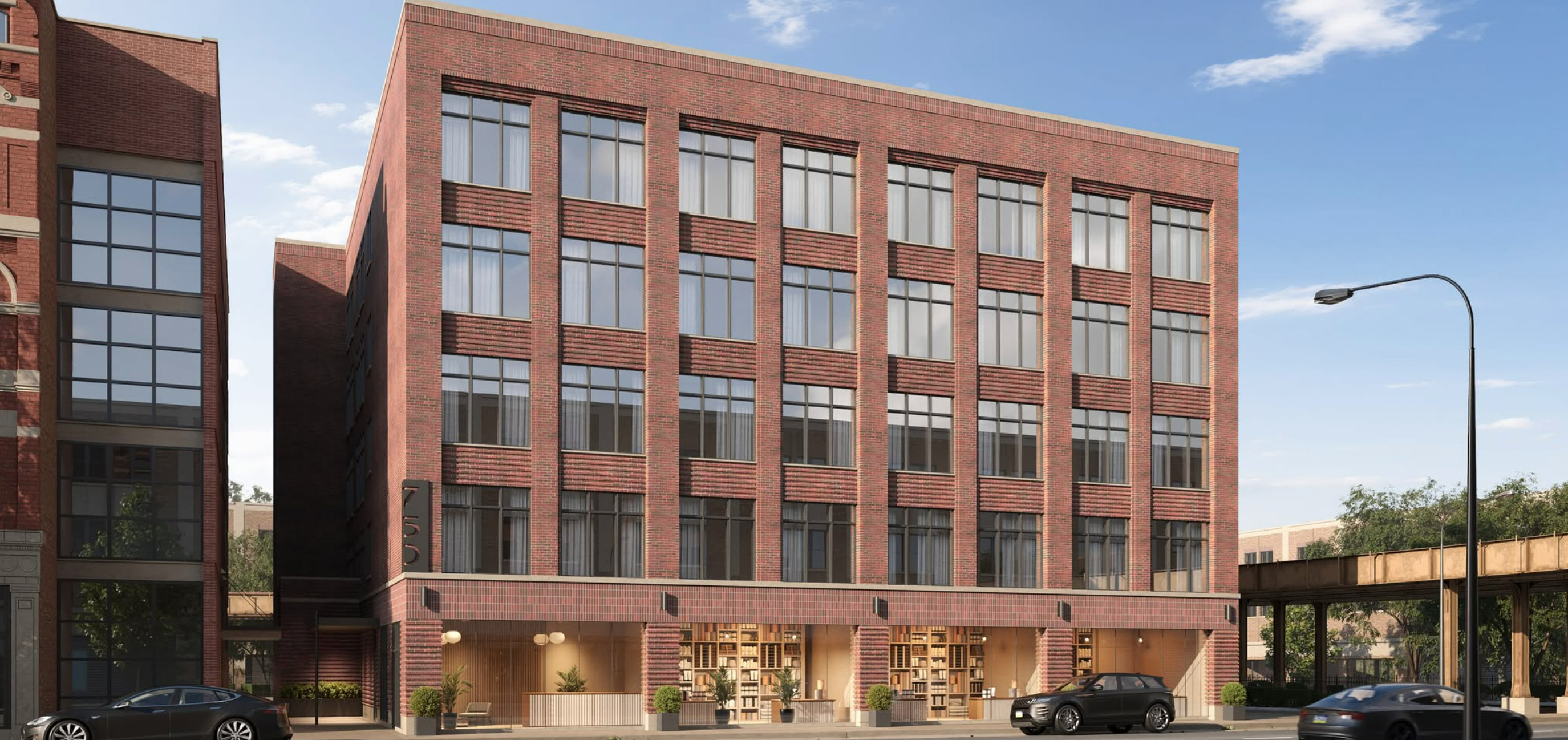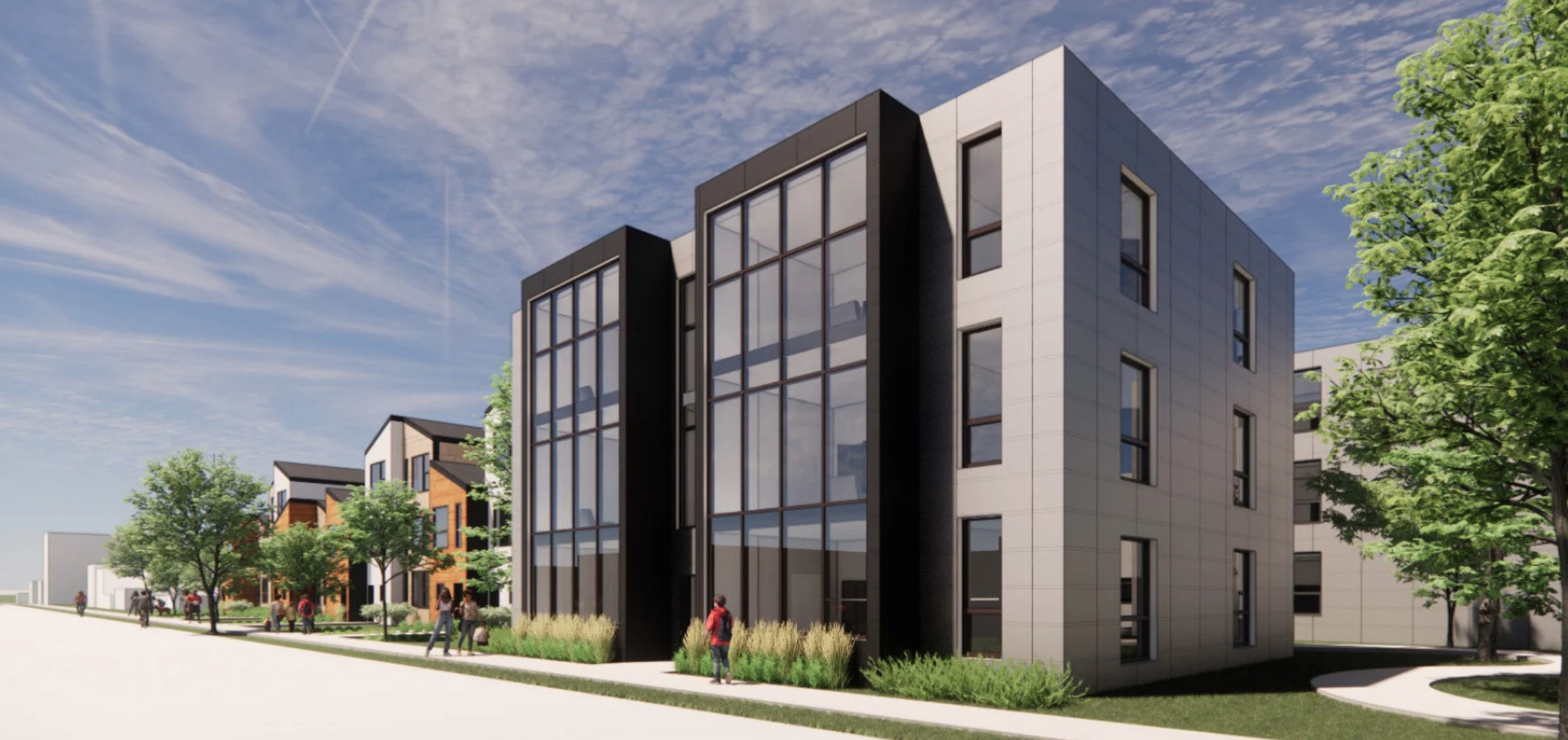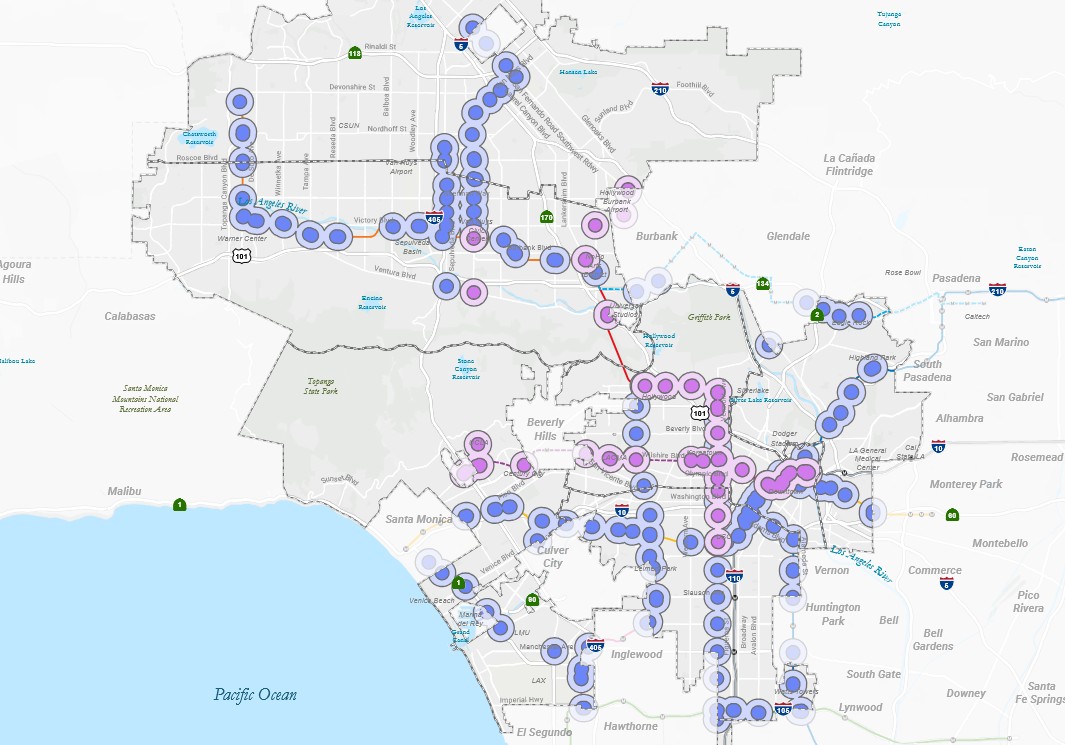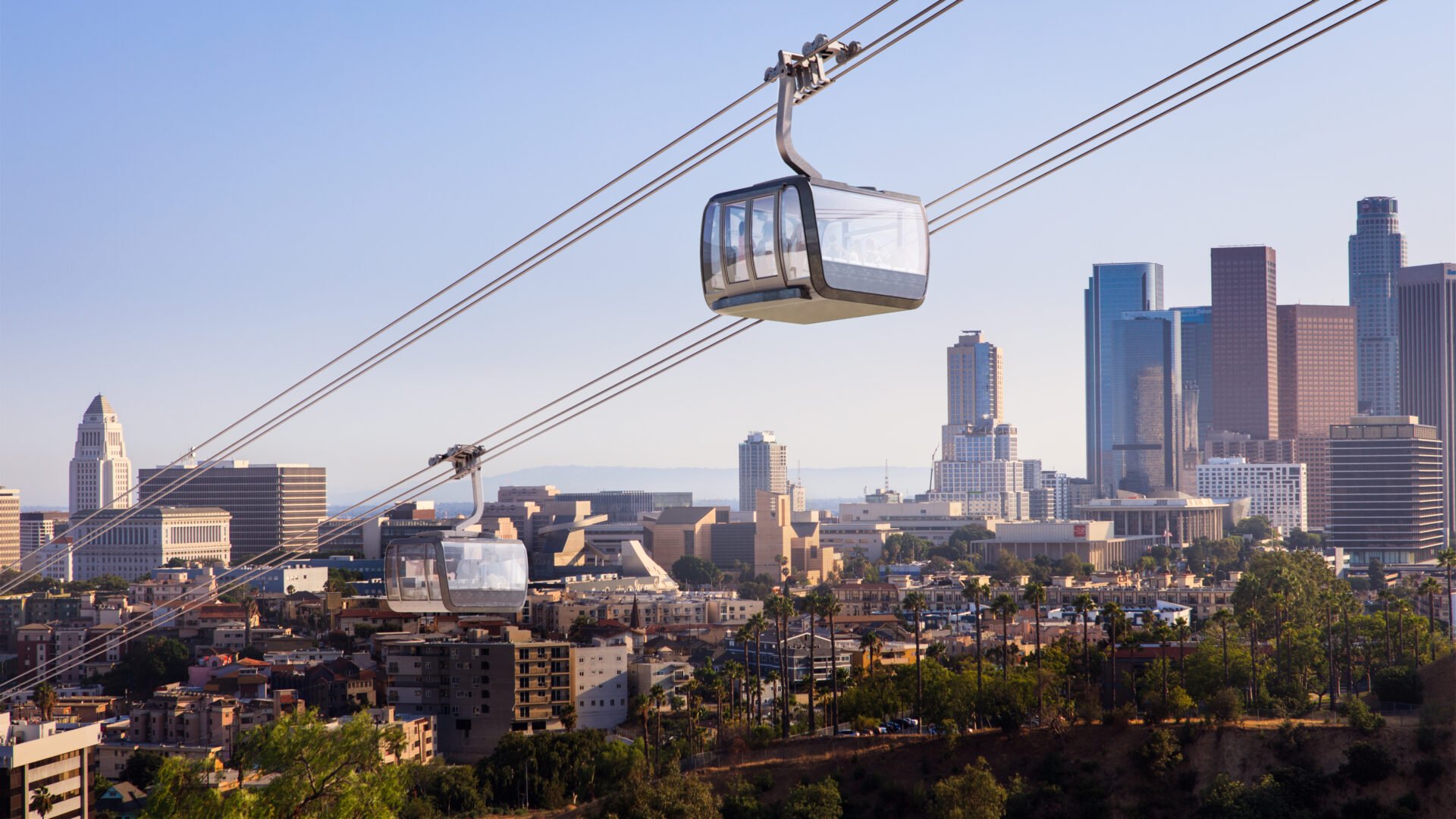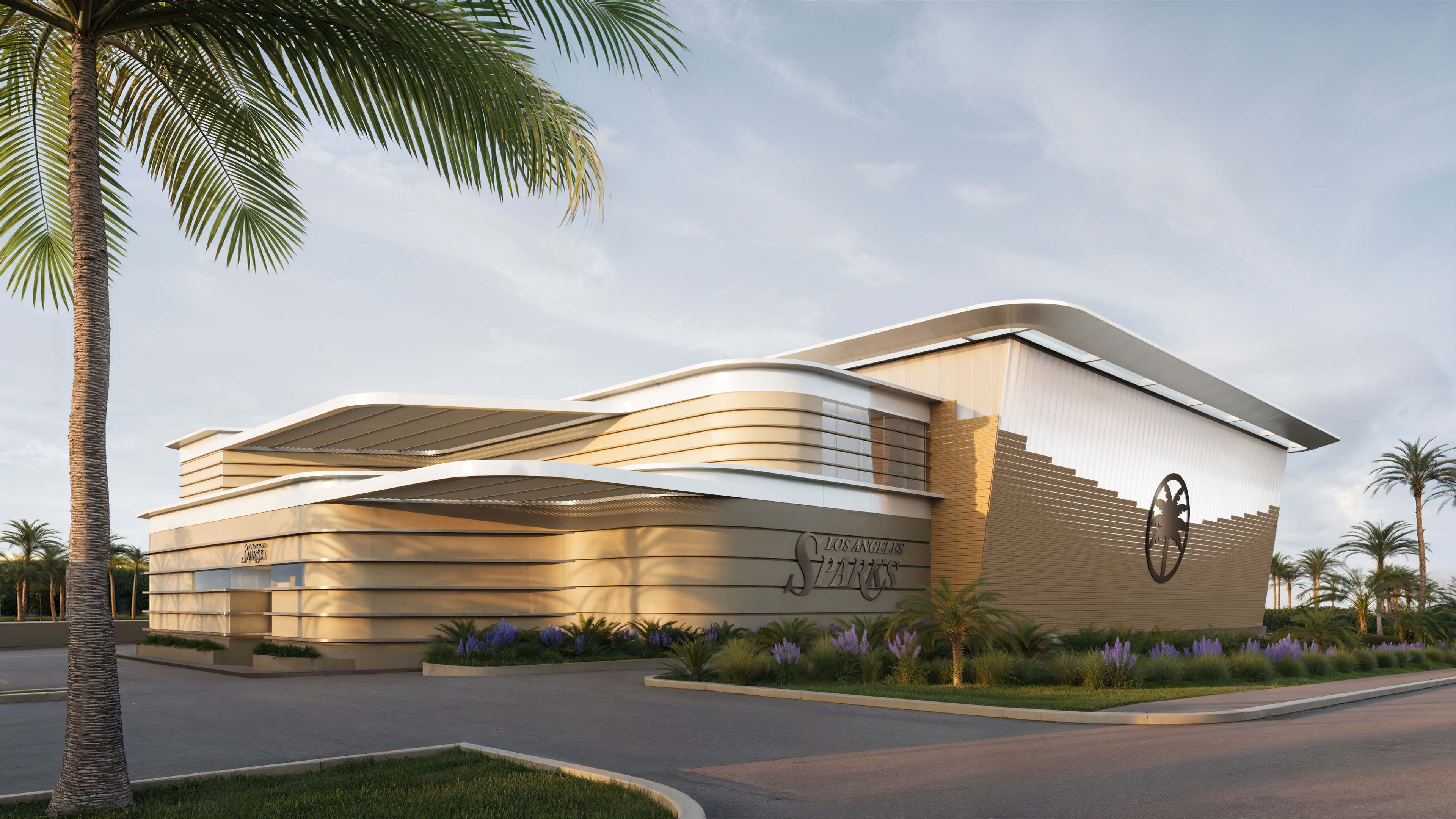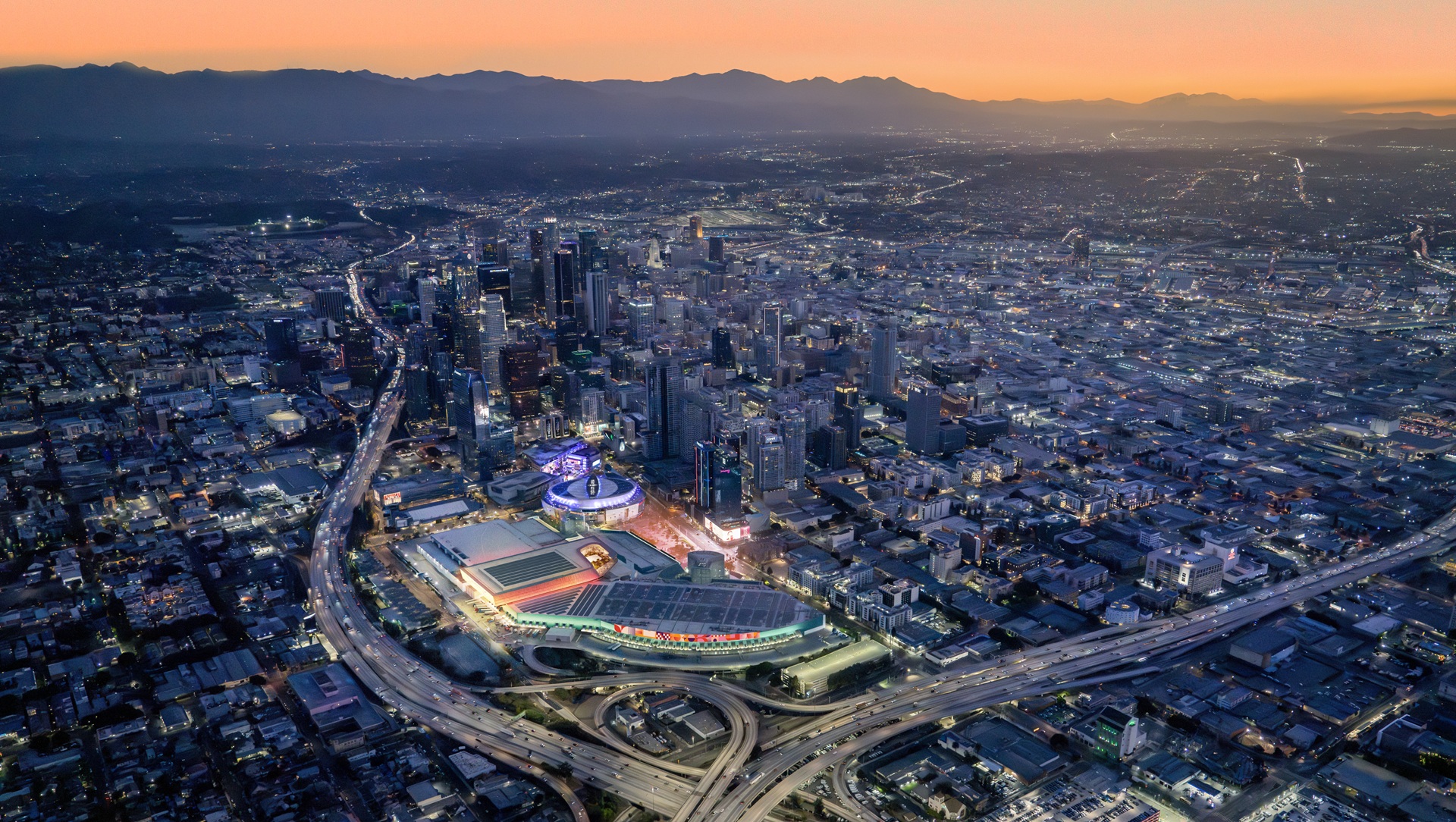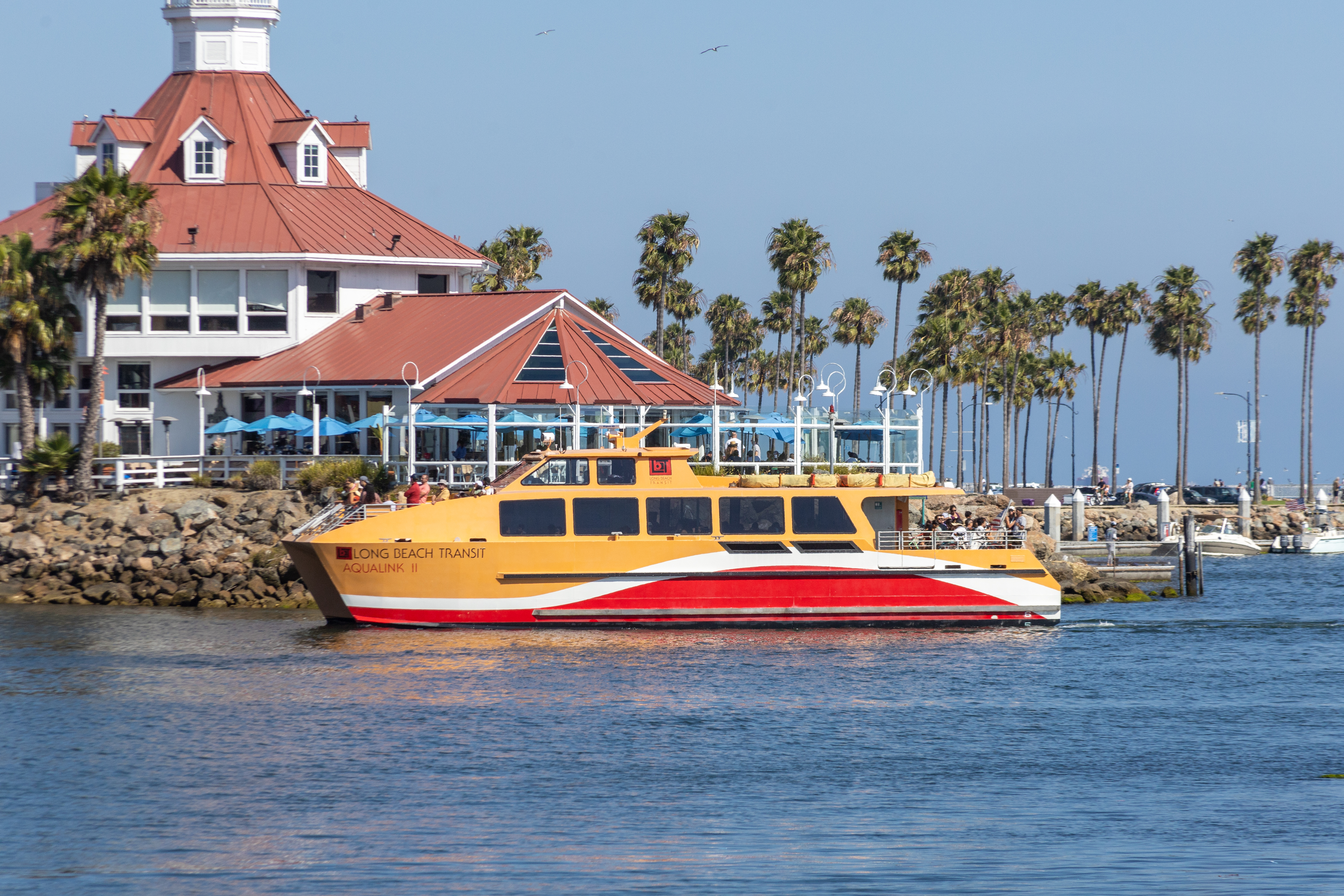Your City. Your Market. Your Next Deal.Stay up to date on national urban real estate |
|
📅 Today's Story: Denver Urban Gardens (DUG) has transformed vacant lots into a growing network of community gardens and food forests, offering not only free fresh food but also ecological and social benefits for local neighborhoods.
ENVIRONMENT
Free Fruit: Denver Has 26 ‘Food Forests’ And Counting |
|
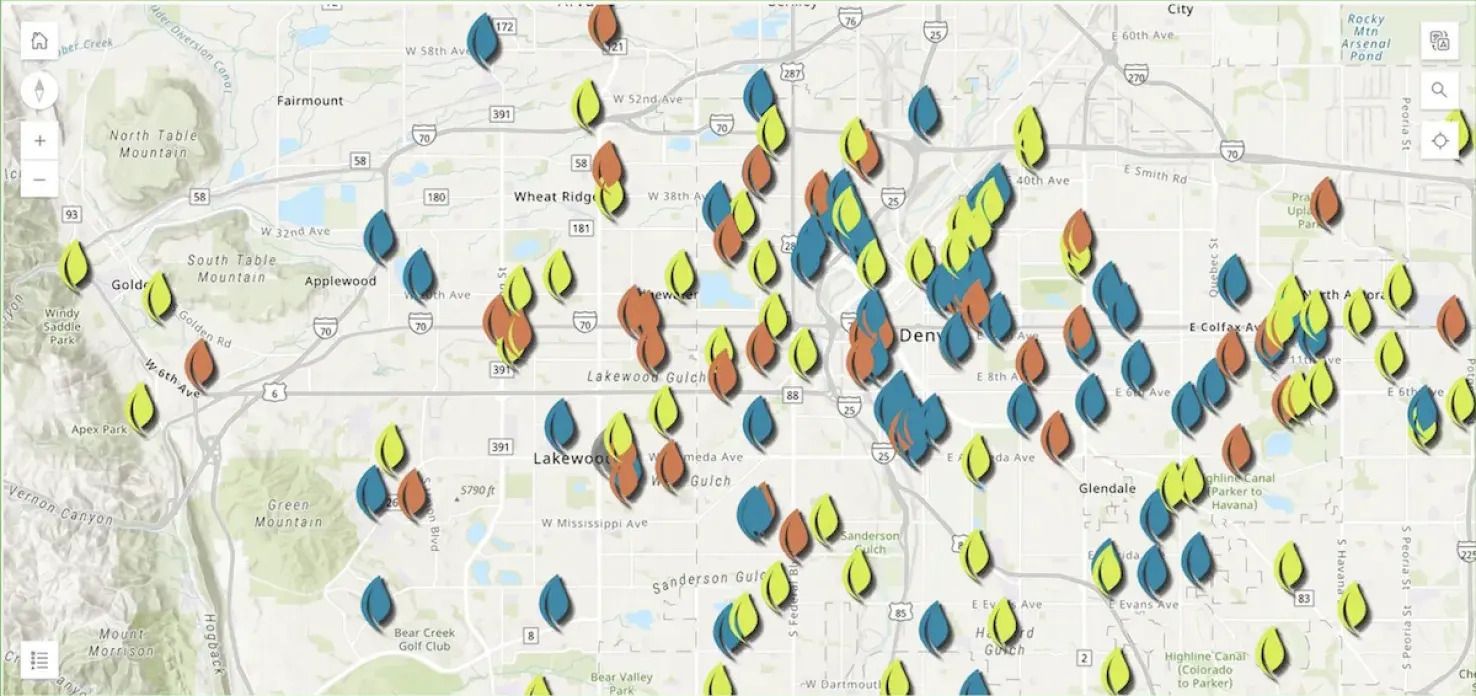
Map of Denver Urban Gardens' community gardens and food forests (Denver Urban Gardens)
📰 What Happened: DUG began in the 1970s with a single community garden and became a nonprofit in 1985. Since then, it has produced over 62,000 pounds of food for the Denver metro. In recent years, DUG shifted focus to food forests—publicly accessible plots that provide free fruits, nuts, and berries. No plots are leased, and residents simply harvest what grows.
🔍 A Closer Look: Food forests lower the urban heat island effect, provide pollinator habitats, and improve air quality by absorbing harmful gases. In just three years, DUG built 26 food forests, with plans for more. But challenges loom: DUG lost federal grants worth $850,000, slowing expansion in working-class neighborhoods like Denver West.
🧠 Why It Matters: Food forests are a holistic approach to urban resilience, blending food security with environmental restoration. For developers and planners, DUG’s model demonstrates how small-scale, community-driven green infrastructure can address climate impacts while adding long-term neighborhood value.
| DowntownImages: How potential new district between Atlanta stadiums could lookRetail zone at Mercedes-Benz Stadium, Georgia World Congress Center doorstep remains hypothetical, leaders stress |
| BuckheadPhotos: Trail section with towering, treetop bridge officially arrives Last major PATH400 segment to be built creates three connected miles of greenway through Buckhead |
| BuckheadFresh renderings, details emerge for Atlanta's next condo tower 194-unit Elyse Buckhead opens sales gallery, called future landmark in the making |
| Cricket stadium bound for GA; Centennial Yards + Shake Shack; more! Real estate, architecture, and urban planning news from around Atlanta |
| Chosewood ParkImages: Injection of housing, retail a block from Beltline breaks ground Second phase of Englewood project replaces former public housing in Chosewood Park |
| O'HareCaisson permit issued for O’Hare Concourse DThe $1.3 billion project will bring 19 new gates to the airport |
| Streeterville56-story mixed-use tower proposed at 669 N. MichiganThe 668-foot-tall tower would have 498 units, retail, and parking |
| The 78City Council approves Chicago Fire stadium plans at The 78The $750 million stadium will anchor the overall megadevelopment |
| Lincoln ParkFull building permit issued for development at 750 W. NorthConstruction on the five-story building is expected to begin imminently |
| South SideDPD announces second round of developers for Missing Middle initiative108 more homes are planned for the south side neighborhoods |
| RegionalHere's where SB 79 may apply in Los AngelesThe bill permits multifamily housing by-right near certain transit hubs |
| Elysian ParkDodger Stadium Gondola looks to get back on trackMetro releases supplemental environmental study for the $500M project |
| El SegundoL.A. Sparks plan $150M training facility in El SegundoThe 55,000-square-foot building is slated to open in 2027 |
| Downtown$2.6-billion L.A. Convention Center expansion breaks ground in DTLAConstruction should wrap in 2029, with a pause for the Olympics in 2028 |
| RegionalOp-Ed: Metro should launch a water taxi legacy for the 2028 OlympicsL.A. County Supervisor Janice Hahn makes the case for water-based transit |


